Best LG TVs in 2025: LG's best OLED and QNED TVs ranked
All of the best LG TVs, reviewed
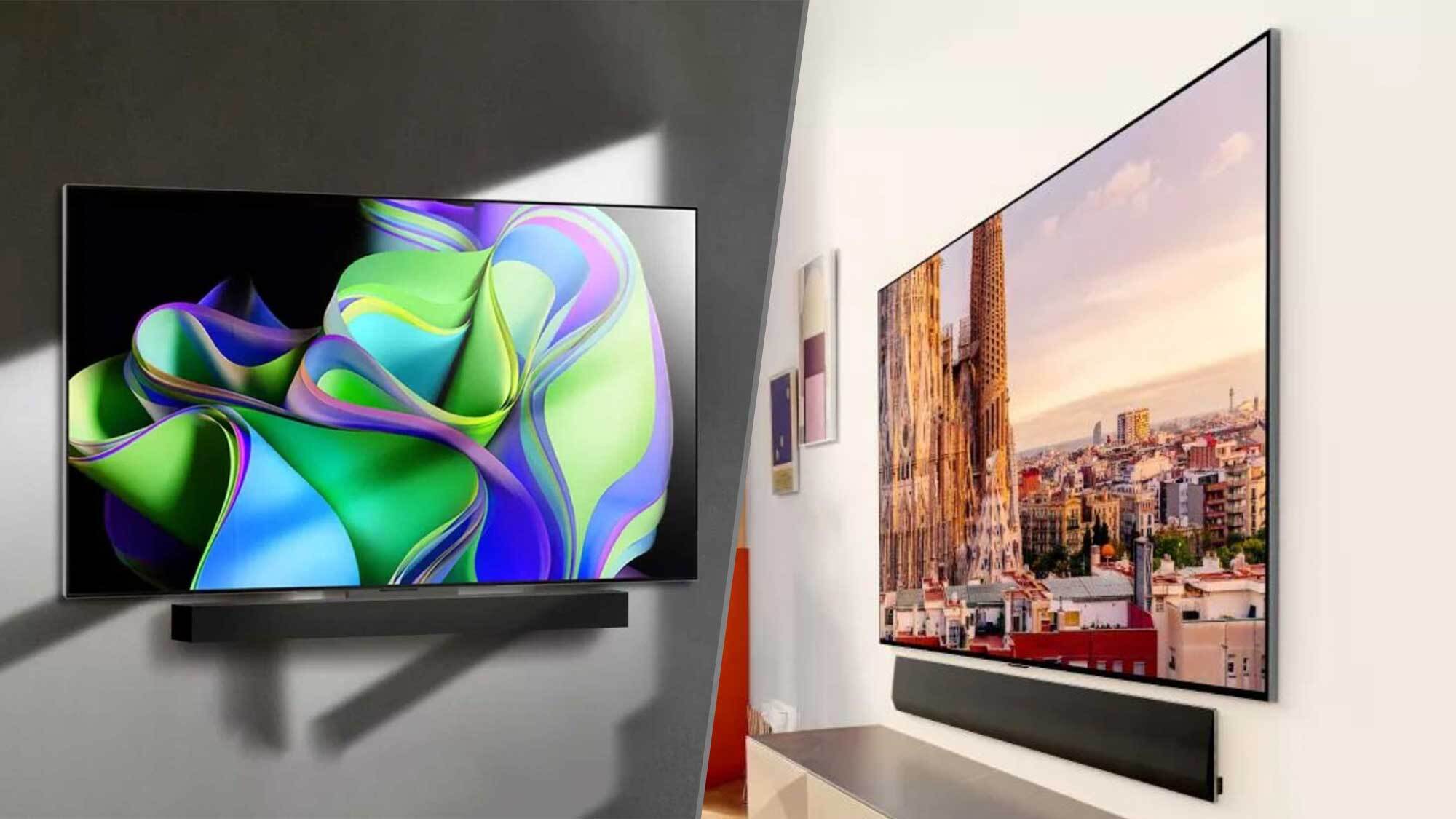
The best LG TVs are serious contenders in the OLED and QLED market. With its value offerings, like the C series OLED TVs, to its extensive QNED lineup, LG's always got incredible sets often at great prices.
We have loads of TV reviews under our belts here at Tom's Guide and know just what models prove the best within LG's repertoire. Although you might think some of its newest are among the best LG TVs, we actually recommend saving some coin and getting a set that's one or even two years older.
The thing that makes LG TVs great is webOS. LG has committed to a five year plan that will see its TV software updated across the range, which makes its older TVs feel brand new. Of course, we've also included newer sets that meet those modern sensibilities, like a 144Hz refresh rate and updated OLED panels.
But keep it to your budget. You don't need to spend exorbitant amounts on a newer OLED. Just look to LG's B4 OLED or even its C3 from 2023. Or, if you are in the market for the most bang for your buck, you can't ever go wrong the LG G series. Take a peek below and find the best LG TV that meets your needs.
The best LG TVs you can buy
Why you can trust Tom's Guide
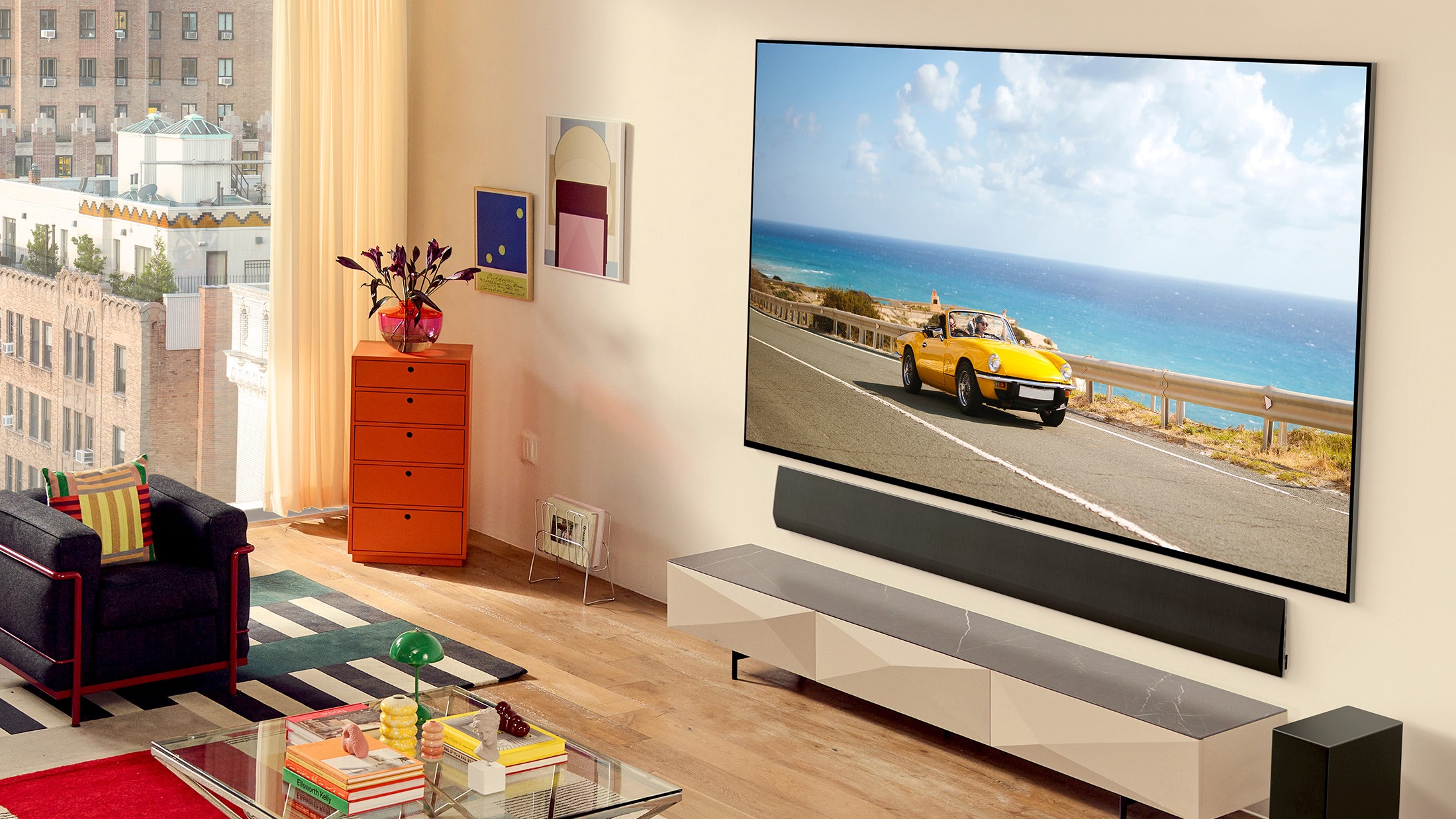
Specifications
Reasons to buy
Reasons to avoid
As one of the brightest TVs on the block, the LG G3 OLED comes in as a strong contender this year sporting a laundry list of specs that make it one of the most ideal sets imaginable. We wouldn't call it the king of 4K TVs without reason, best expressed through its gaming feats and incredible picture quality.
The LG G3 OLED comes equipped with a 120Hz refresh rate, ALLM, and VRR, plus 4 HDMI 2.1 inputs is a welcome addition. But most exciting of all on this display is its "Brightness Booster Max," a feature that LG claims can produce up to 70% brighter images over its non-OLED evo B3 brethren, which isn't unwarranted for one of the brightest displays we've tested.
Still, this TV does come with several setbacks, like no HDR10+ support, a limited HDR color gamut range, and a subpar sound profile. At around $1,800 for its 55-inch model, though, there's real potential for this display, especially on the cusp of its upgraded LG G4 OLED model release later this year.
Read our full LG G3 OLED review
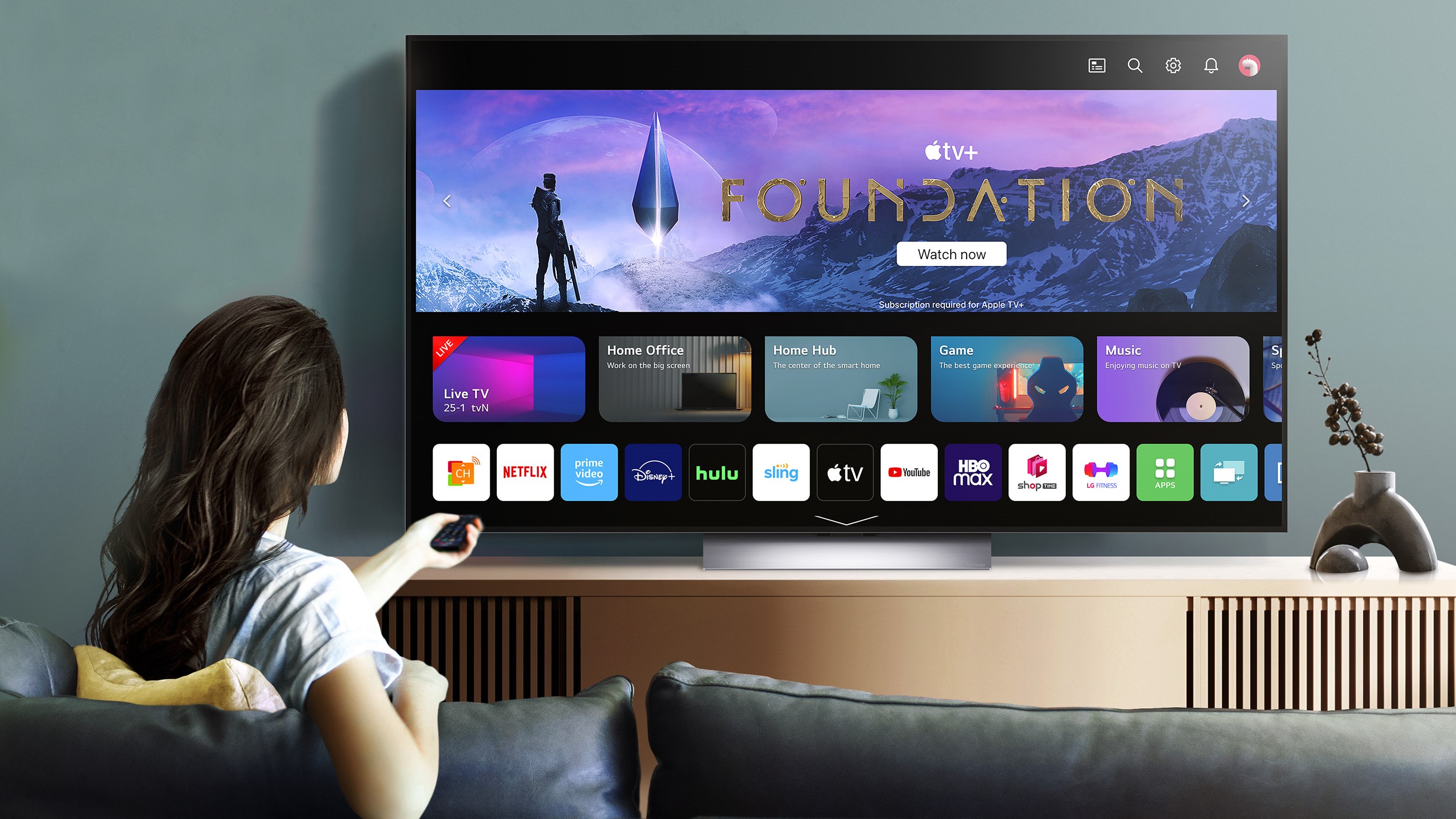
Specifications
Reasons to buy
Reasons to avoid
Upon the announcement of LG's newest displays for 2024, many were hyped to see the potential of one of the company's most beloved TVs in its shiny and upgraded form, however the LG C4 OLED seems to have lost the charm of its predecessor. The LG C3 OLED, which remains one of our favorite displays from last year, is one of the best OLED TVs on the market as it checks all the boxes without an overpriced premium.
With its OLED evo panel, the C3 OLED sports some well-rounded test results that are best suited at its price range. You can definitely find a better TV, but it will cost you. That's what makes the C3 OLED such an appealing TV, as its wide array of potential, whether that be for gaming, everyday entertainment, or even music listening, all make it an exceptional value.
Best of all is the LG's WebOS, which the company has been updating over the past few years, now made even more manageable and personable through a variety of awesome tweaks. The LG C3 OLED packs an incredible picture quality, and while it may lack in some areas, like sound and brightness, its affordability, gaming potential, and well-rounded specs make it one of the most ideal displays on the market.
Read our full LG C3 OLED review.
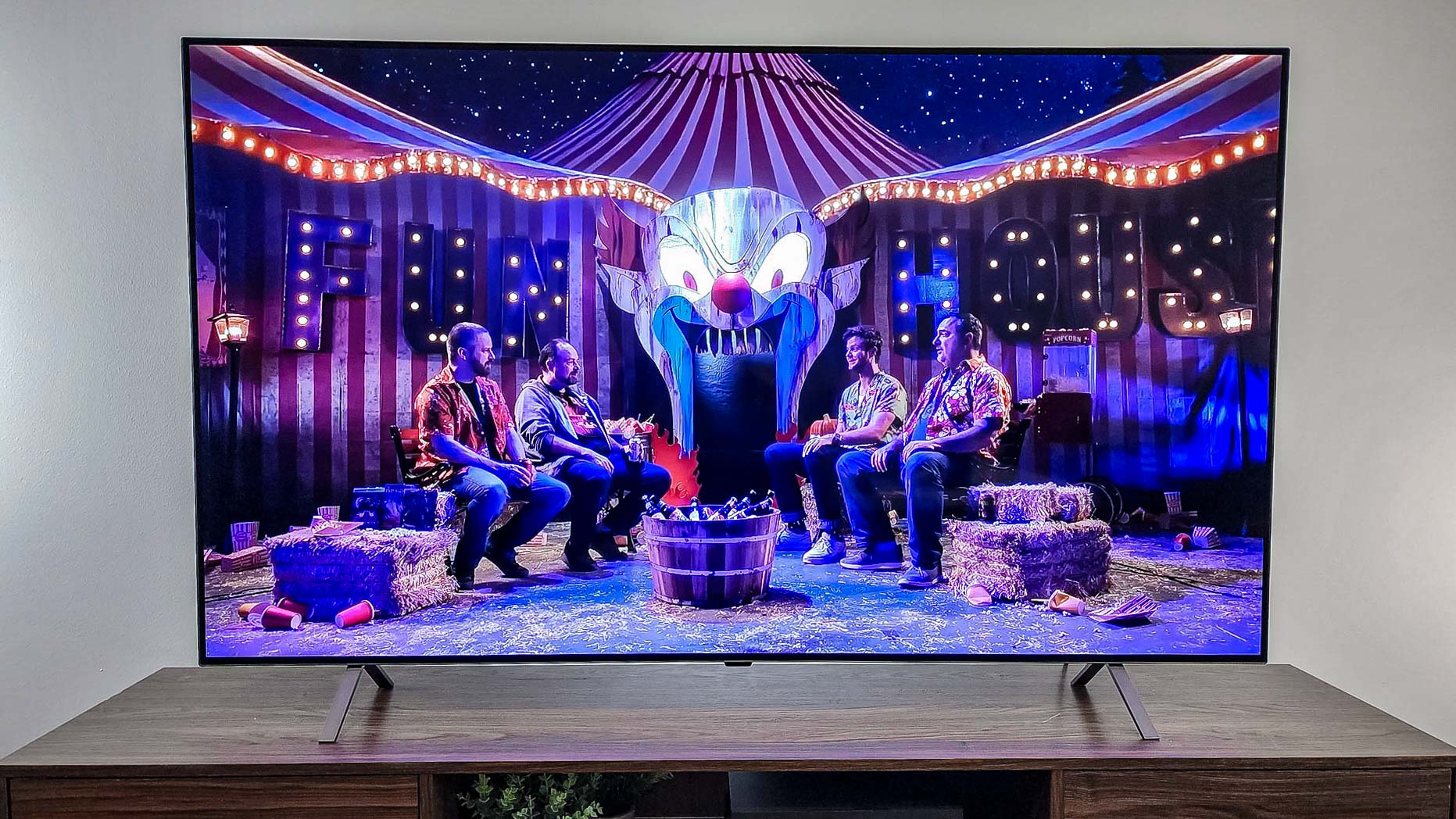
Specifications
Reasons to buy
Reasons to avoid
The LG B4 is one of the most affordable ways to secure an OLED TV, which makes it one of the best LG TVs you can buy right now. It doesn’t get as bright as higher-end LG OLEDs (especially those equipped with LG’s Micro Lens Array technology), but the perfectly inky black levels and super-wide viewing angles we’ve come to associate with OLEDs are along for the ride.
We loved the B4’s motion handling and overall picture processing, particularly how well it handled fast-paced action and sports. It’s also ready to showcase SDR and HDR content accurately right out of the box if you opt for LG’s terrific Filmmaker picture mode.
Gamers will appreciate the fact that the B4 is just as loaded with gaming features as higher-end LG OLEDs (other than support for 4K games at 144Hz, which the B4 lacks). All four of its HDMI 2.1 inputs support 4K/120Hz gaming, ALLM, VRR, and FreeSync.
If you're comfortable settling for an OLED TV that doesn't get as bright as higher-end models, the B4 is ready to impress.
Read our full LG B4 OLED review.
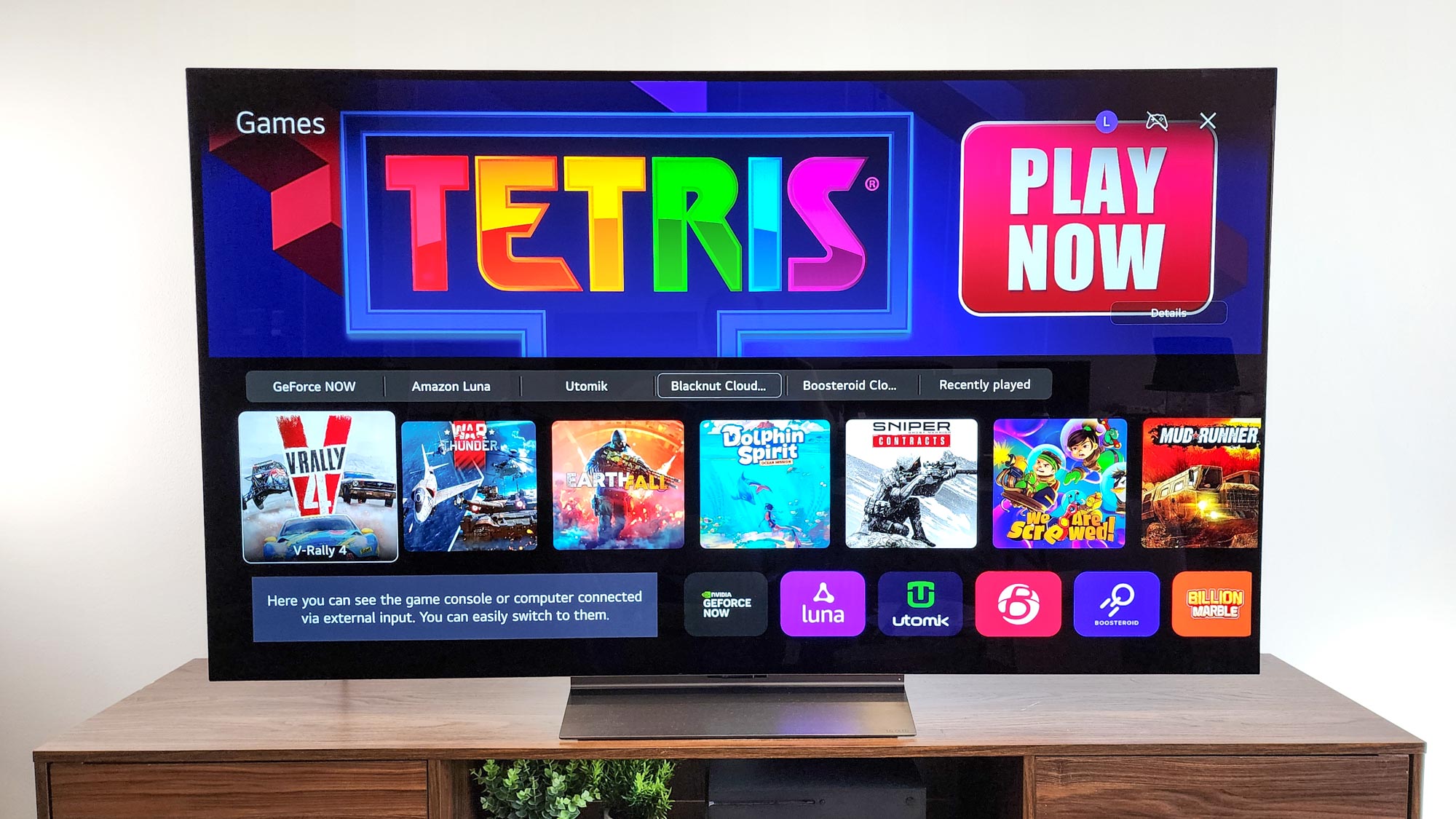
Specifications
Reasons to buy
Reasons to avoid
If you don't mind shelling out for the latest and greatest technology, the LG C4 OLED should be at the top of your list when looking at LG TVs. It offers slightly better performance over the LG C3 OLED and includes the latest version of webOS.
In terms of test results, the LG C4 OLED was able to output 1,049 nits in HDR and had a color accuracy score of 1.8201 (lower is better). That's around 200 nits brighter than last year's LG C3 OLED but slightly less accurate. Are those record-breaking numbers? No, but they are a healthy boost compared to older models.
So why isn't it higher up? Unfortunately, its price is just a little too high for what's on offer. That will likely come down in price as we get closer to the end of the year, but for now, we're still recommending the LG C3 OLED as the top LG TV.
Read our full LG C4 OLED review.
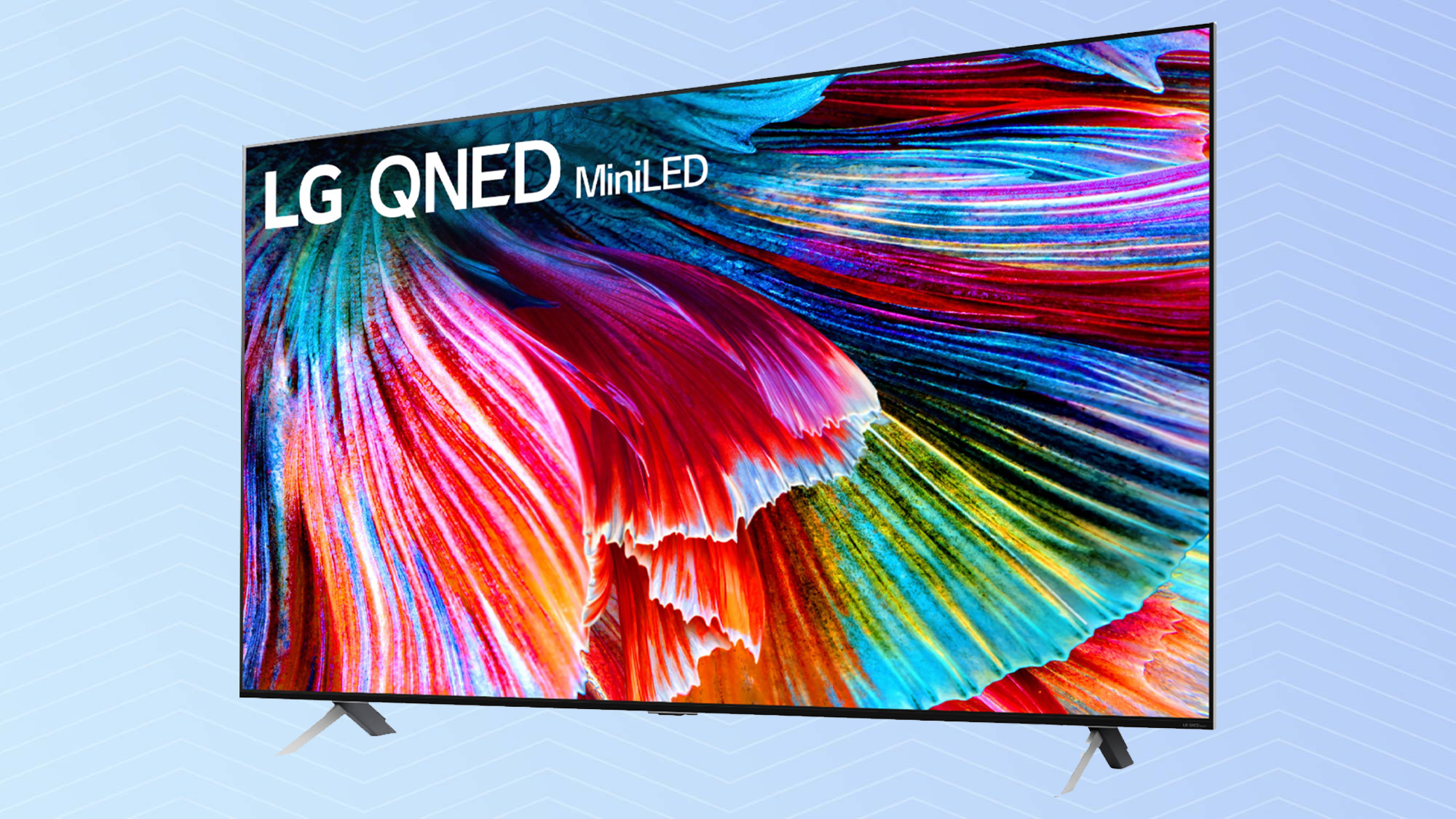
5. LG QNED MiniLED 99 Series
Our expert review:
Specifications
Reasons to buy
Reasons to avoid
Forget the 4K OLED TV — that's so yesterday. Meet the LG QNED MiniLED 99 Series 8K TV, an eye-watering look at what the future may very well hold for display innovation. As it stands now, though, we still have quite a long road ahead of us, but that's not to say the QNED miniLED 99 serious is easy to pass up.
This monster of a display, which comes available in 65-in, 75-in, and 86-in, sports a long list of specs that make it stand out from the crowd. A 60W 4.2 channel speaker is certainly nothing to scoff at and ,due to its QNED miniLED panel technology, contrast ratios and colors are relatively on point. Though, its starting price of $2,499 for the 65-inch model isn't exactly for everyone.
Beyond pricing, the LG QNED MiniLED 99 also lacks fundamental gaming necessities. It has a respectable 120Hz refresh rate and four total HDMI 2.1 inputs, making it a bonkers display for "Elden Ring," but its 18ms of input lag won't exactly do wonders for fast-paced shooter fans.
Read our full LG QNED MiniLED 99 Series 8K TV review.
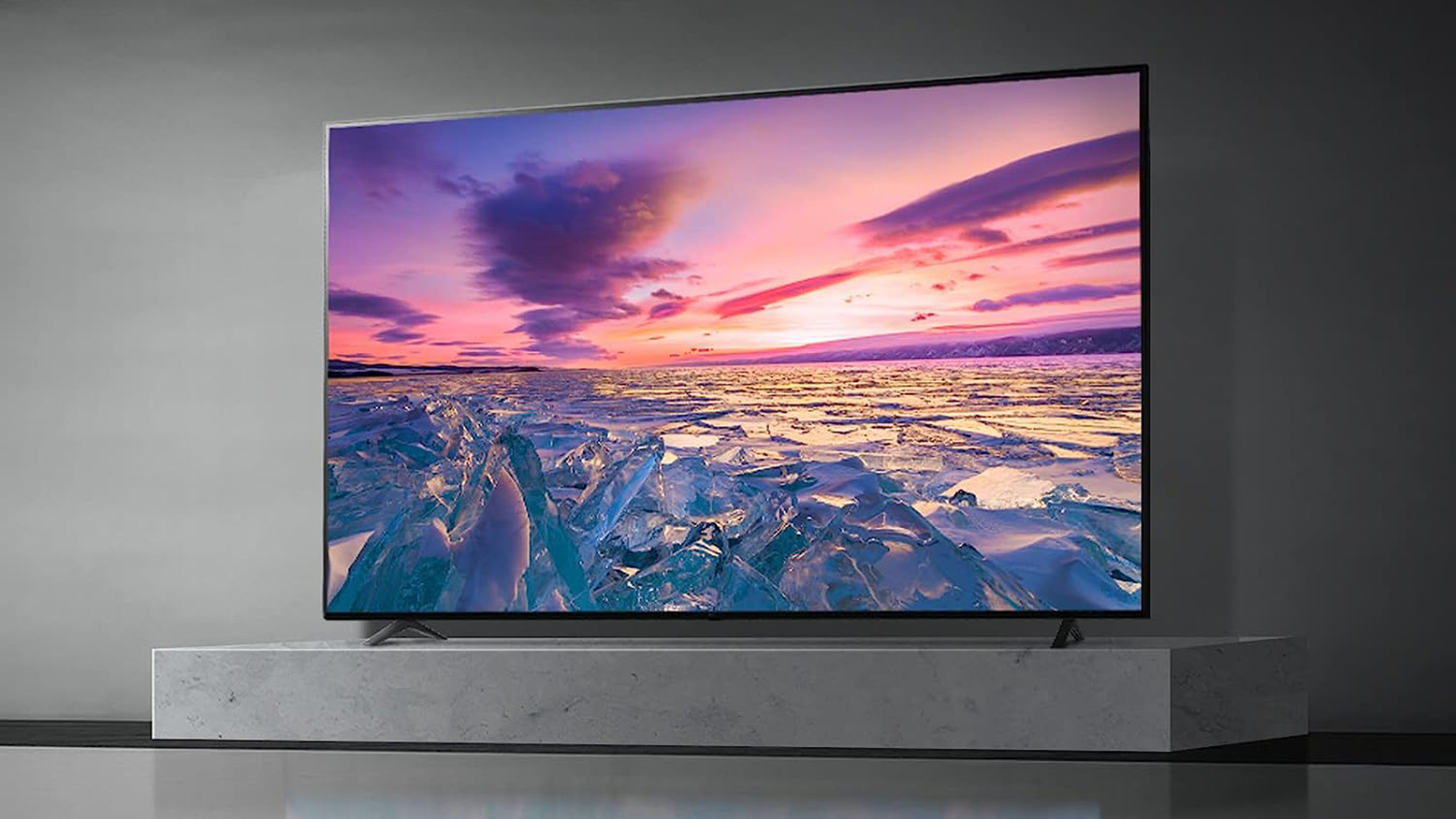
Specifications
Reasons to buy
Reasons to avoid
At the bottom of the list is LG's basic-but-affordable UR9000 LED-LCD TV. It didn't score very well in our lab tests and lacks any HDMI 2.1 ports for the latest crop of consoles, but you can find a 65-inch version of this TV for under $500.
Instead of other LG TVS on this list that have OLED as their lighting source, the UR9000 uses direct lighting via an IPS panel. We found a few uniformity issues with this method, but the IPS panel does allow for decent wide-angle viewing, so it's a good option if you need a TV that everyone can see.
So why is it so low on the list? Its middling test data just didn't impress us. It has a peak brightness of just 610 nits in HDR and only covered 57.11% of the Rec2020 color gamut. Add to that its relatively skewed out-of-the-box color accuracy, and this TV definitely falls under the category of "you get what you pay for".
That said, if a cheap TV is all you need or want, the UR9000 certainly fills the niche.
Read our full LG UR9000 review.
How much do LG TVs cost?
LG doesn't have one set price for all its TVs, but rather uses a good, better, best model to price out its screens. At the lower end are LG's entry-level OLEDs, UHD TVs and older Nano Cell models that are all relatively inexpensive – usually under $1,000.
At the higher end, the LG G-Series OLED is the most expensive 4K model LG has, with the 55-inch model selling for around $1,800 and the 65-inch set for $2,200. And if you want to get an 8K set, the LG QNED MiniLED 99 Series 8K TV sells for $3,499 for the 75-inch model we reviewed – which is relatively affordable for an 8K TV.
What is OLED?
LG's best TVs are all OLED, and it's easy to see why. They offer superb color and brightness, best-in-class contrast and sharpness, and offer slimmer designs than even the sleekest LCD-based smart TVs. But what is OLED, exactly?
OLED is an abbreviation for Organic Light Emitting Diode, a display technology that uses organic compounds in its pixel structure. (Lest you think you've got a petri dish of bacteria cultures in every OLED TV, the organic compounds in question are electroluminescent materials like organometallic chelates, p-phenylene vinylene and N-vinylcarbazole. No living cultures involved.)
These materials are printed onto glass with a pixel structure that uses red, green, blue, and white points of light to create the individual pixels that make up the 3840 x 2160 pixels that make up a 4K screen. Each one lights up when current is applied, meaning that each pixel lights up individually, a major difference from LCD TVs, which use a larger backlight behind an LCD panel.
Thanks to the unique per-pixel nature of OLED's self-illuminating technology, the displays on LG's best TVs offer infinite contrast with true blacks, delivering sharper looking images, better HDR performance and great overall performance. The latest OLED models also deliver superb color and a wide color gamut, routinely exceeding the sRGB standard, with higher-than-100% scores in our color gamut benchmark tests.
The result is the best TV technology you can presently buy, offering dramatically better picture quality than LCD TVs and even a step up from the best quantum-dot (aka QLED) models being sold.
What is LG webOS?
One of the defining elements of LG smart TVs is webOS, the software platform that delivers all of the apps and smart features. LG has some of the smartest TVs on the market, and webOS is what makes it all work. From the LG Content Store's 200+ apps to the MagicRemote's motion controls, there's a lot to love about LG smart TVs.
Some of the most distinctive features of webOS include support for both Amazon Alexa and Google Assistant voice assistants, a control dashboard for smart home devices and LG Channels, an aggregated list of free streaming services and movies.
LG's webOS may be best known as proprietary software, but it's been licensed to new third-party manufacturers since 2021. Unlike the still-proprietary Samsung Tizen or Vizio SmartCast, which are only found on TVs from its respective manufacturers, LG will be partnering with manufacturers like RCA, Polaroid and Konka, making webOS a more common sight in the budget TV section of your local Best Buy or Walmart.
Are LG 8K TVs worth buying?
Like competitors Samsung and Sony, LG has a handful of 8K TVs in its lineup of models. The selection of 8K sets includes ultra-expensive OLED models, like the LG Z2 8K OLED, but there are also non-OLED 8K models, like the 75-inch LG QNED MiniLED 99 Series 8K TV, which sells for $3,499, or the smaller 65-inch version that sells for $2,499.
But even with both impressive 8K OLED models and affordable QNED 8K sets, we don't recommend you buy an 8K LG TV – or any 8K TV, for that matter. Without any real 8K content available, the higher resolution of a 7,680 by 4,320 screen isn't worth the extra expense. LG's 8K sets look fantastic, but we're not recommending anybody spend their money on an 8K TV this year. (Find out more in our article Should you buy an 8K TV?)
Sign up to get the BEST of Tom's Guide direct to your inbox.
Get instant access to breaking news, the hottest reviews, great deals and helpful tips.

Ryan Epps is a Staff Writer under the TV/AV section at Tom's Guide focusing on TVs and projectors. When not researching PHOLEDs and writing about the next major innovation in the projector space, he's consuming random anime from the 90's, playing Dark Souls 3 again, or reading yet another Haruki Murakami novel.
- Nick PinoManaging Editor, TV and AV
